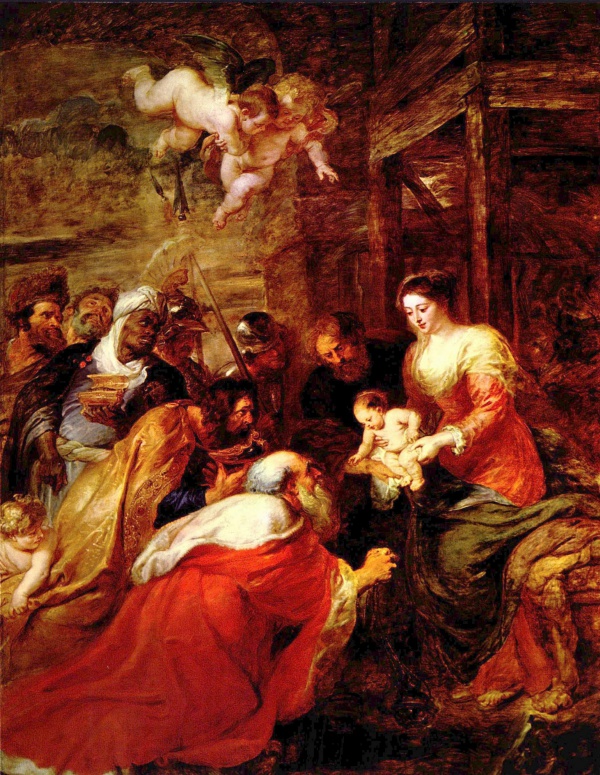Facts About Adoration of the Magi
"Adoration of the Magi" is a magnificent painting by the Flemish Baroque artist Peter Paul Rubens, created between 1633 and 1634. Initially intended as an altarpiece for a convent in Louvain, Belgium, this remarkable artwork measures 4.2 meters by 3.2 meters and now resides in King's College Chapel in Cambridge, England.
The painting has a rich history. It was originally commissioned for the Convent of the White Nuns in Louvain. However, following the suppression of convents in 1780, it was sold and eventually acquired by William Petty, the 1st Marquess of Lansdowne, in 1788. The painting remained in England, passing through the Grosvenor family, until it was sold in 1959 to Alfred Ernest Allnatt for a then-world-record price of £250,000. Allnatt generously donated the painting to King's College, Cambridge.
To accommodate this masterpiece, alterations were made to the chapel's east end. In 1968, a wooden triptych frame was crafted for the painting, and it was installed as an altarpiece. However, in June 1974, the painting was vandalized when the letters "IRA" were scratched onto it.
Some critics have expressed concern that the modifications made to the chapel to display the painting, such as removing steps and wooden fittings, have compromised the building's spiritual integrity. Despite these controversies, "Adoration of the Magi" remains a prominent and treasured piece in King's College Chapel.

 Ireland
Ireland